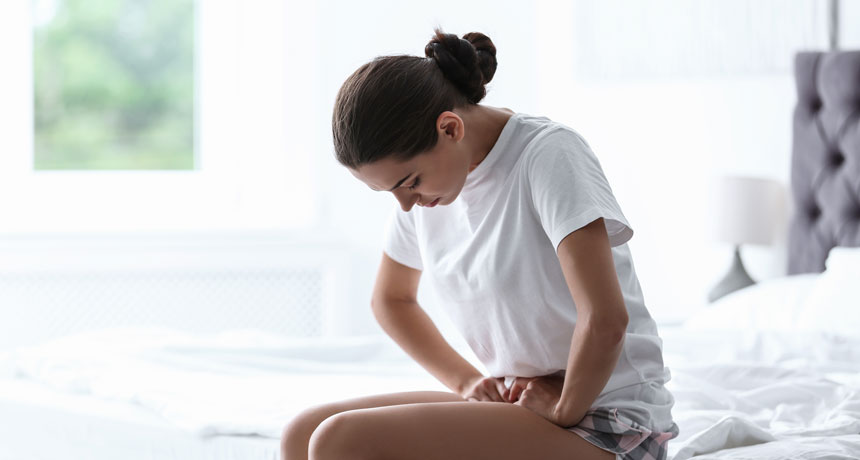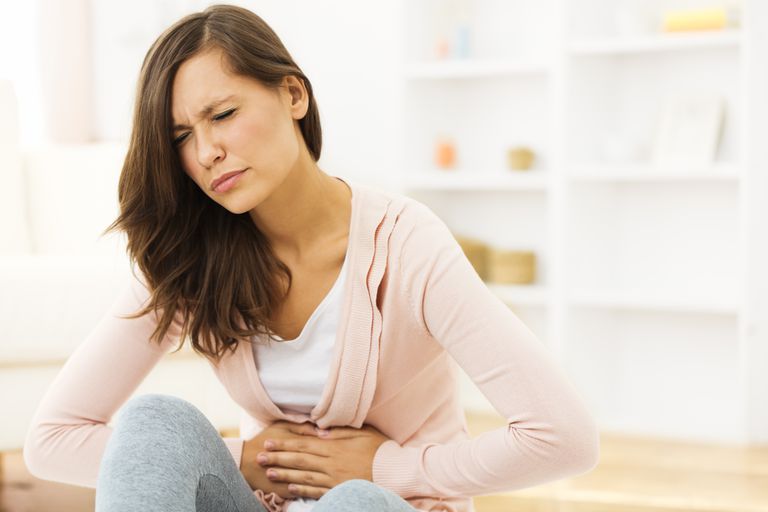Vulvodynia is an idiopathic chronic pain syndrome that affects parts of or the entire vulva (external female genitalia). To date, there is no known cause for the disease, although experts believe the condition can be triggered in a number of ways.
Women suffering from Vulvodynia report feeling a burning or knife-cut-like sensation on parts of their vulva, or on the entire vulva. This is the most common symptom of the disease, which remains largely unstudied.
The pain caused by Vulvodynia can be localized (restricted to a specific part of the vulva) or general (affecting the entire vulva). It often occurs spontaneously, but in some cases, the pain starts when the affected region is touched. In the latter case, the condition is known as Provoked Vestibulodynia, which is a different syndrome altogether.
Vulvodynia can last for months or even years. Since the disease has no known cause, it is often diagnosed via exclusion (elimination of all other possibilities). Women suffering from this condition find it difficult to talk about it, and often endure prolonged periods of pain before the problem is correctly diagnosed.
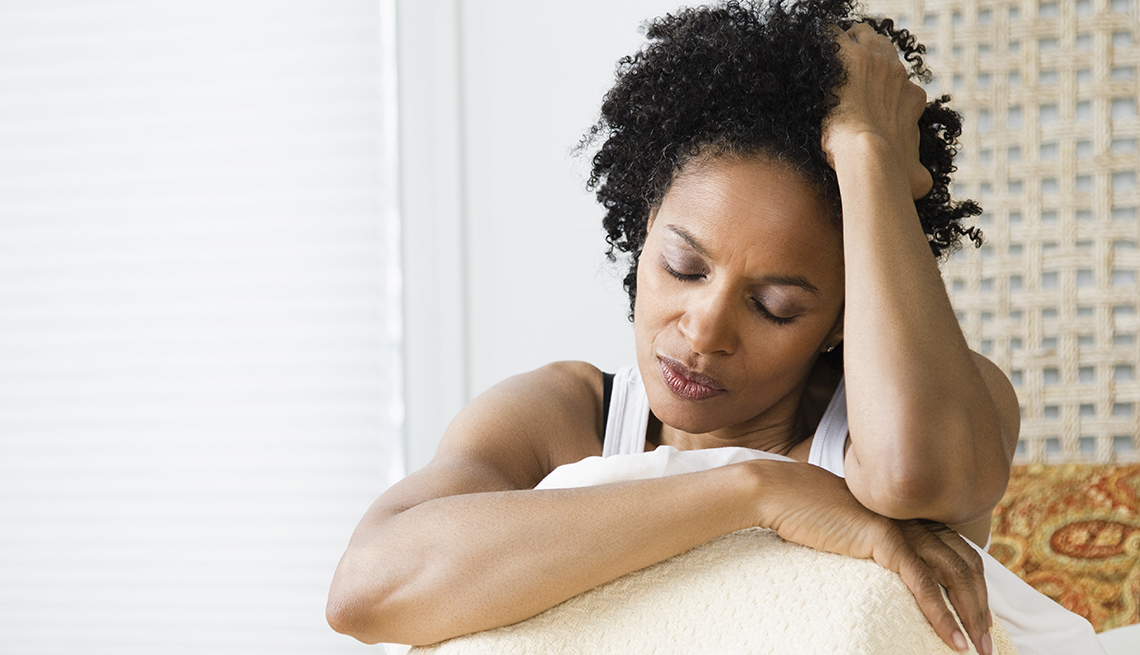
What Causes Vulvodynia?
Researchers have yet to establish a cause for Vulvodynia. However, they are still exploring a number of possible causes for chronic pain syndrome.
These are:
- Sjogren’s Syndrome – A condition that leads to chronic vaginal dryness
- Irritated or damaged nerves – because it is a condition that is characterized by intense pain, doctors believe it may stem from nerve damage or irritation
- Genetics – women who are genetically predisposed to suffer from inflammation stand a greater chance of developing Vulvodynia at one point in their lives.
- Allergens and irritants – chemicals in soaps and feminine products could cause inflammation in the vulva, leading to Vulvodynia
- Autoimmune disorders – conditions like eczema, psoriasis, and lupus, all of which cause inflammation, could be behind the onset of Vulvodynia
- Infections – bacterial, fungal, and viral infections could instigate Vulvodynia
- Injury – injuries to the vulva may cause chronic pain that lasts long after the wound is healed
- Hormonal imbalances – women, especially under the age of 16, are at a greater risk of developing Vulvodynia if they take hormonal contraceptives containing estrogen.
- Surgical side-effects – surgical procedures like Labioplasty may result in Vulvodynia
- Muscle spasms – spasms brought on by pelvic floor dysfunction are believed to be behind some cases of Vulvodynia.
Symptoms of Vulvodynia
- Pain – This is the most prominent symptom of Vulvodynia. Some women describe it as a burning sensation. Others say it is a stinging or cutting pain occurring in the vulva. In some cases, the pain is intermittent. In others, the pain is constant and can start spontaneously or be instigated by touch.
- Itchiness – most women that suffer from Vulvodynia also report feeling itchy on the affected area. Throbbing and soreness are also common symptoms of the disease.
- Swollen/inflamed vulva – although this symptom is not present in all cases, Vulvodynia causes the vulva to swell or appear slightly inflamed.
The symptoms of Vulvodynia are experienced in different instances. Some women say they are more pronounced during vigorous activities like biking, walking, exercise, or intercourse. Others say that the pain/irritation starts when inserting tampons, or after sitting for prolonged periods. What’s common is that not all cases of Vulvodynia affect the whole vulva. Some women report feeling pain only in a specific area of the vulva.
Effects of Vulvodynia
Vulvodynia has a physical and emotional impact on the women it affects. Many women who suffer from it consider it a huge impairment as it can drastically bring down the quality of life.
The condition makes it impossible for women to have a normal sex life, and this can take a toll on their relationships. An inability to sustain a relationship tends to cause issues with self-image, which in turn can lead to depression and anxiety.
Vulvodynia also makes exercise and vigorous physical activities painful and impossible. This may lead to unhealthy weight gain, which can also affect self-image. Vulvodynia impacts heavily on the individual’s quality of life as it takes away their ability to socialize, be intimate, or even work. Many of the women affected by this chronic pain syndrome report feeling like they have lost control of their lives.
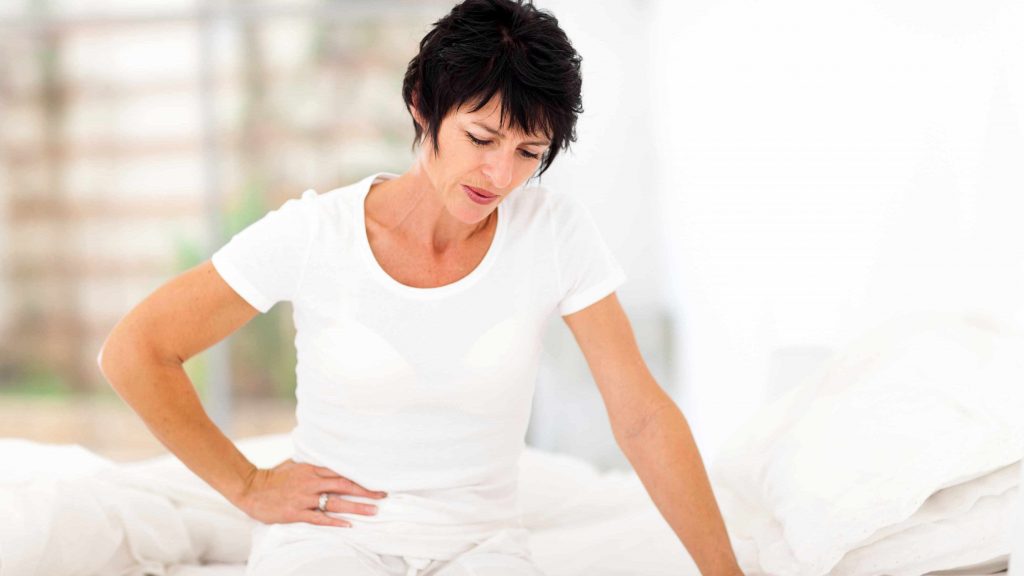
Treating Vulvodynia
The efficacy of the treatments used to combat Vulvodynia varies across the board. Researchers are yet to find a treatment that produces uniform results in different cases.
Lifestyle Changes
The most effective way to manage Vulvodynia is by making a number of lifestyle changes. Doctors recommend the following changes:
- Using 100% white cotton sanitary pads and tampons, and wearing cotton undergarments
- Avoiding pantyhose and other constrictive clothing
- Using a water-soluble lubricant during intercourse
- Steering clear of irritants such as chemicals in soaps, lotions, and feminine products
Therapy
Biofeedback is a form of physical therapy that helps patients gain control of their vaginal muscles. This allows them greater control over their ability to relax or tighten these muscles. Activities may include Kegel exercises (periodic contraction and relaxation of vaginal muscles) and often involve the use of vaginal sensors
Education
Gynaecologists routinely hold group seminars to spread awareness on the psychological symptoms of Vulvodynia. These seminars help women to learn how to deal with the condition and are particularly useful for women suffering from Provoked Vestibulodynia.
Medication
Although there is little evidence to support the use of medication in the treatment of Vulvodynia, the doctors can prescribe certain medication to treat the condition. These include:
- Tricyclic antidepressants, which are administered orally
- Lidocaine, which is a local anaesthetic that is usually in cream or ointment form
- Estrogen, which is also administered topically
- Anti-convulsants to prevent muscle spasms
- Various Spanish Fly products
- Anti-inflammatory medication like steroids, which are usually administered intravenously
- Botox
- Nerve blockers
These medications can be taken as a stand-alone remedy or administered alongside complementary therapies.
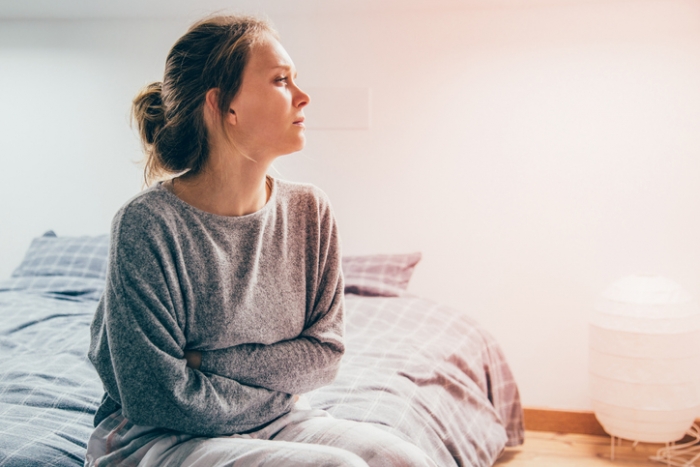
Seeking Medical Care for Vulvodynia
It is essential for women affected by Vulvodynia to be proactive about getting help. The disease is known to fly under the radar and can be hard to diagnose, but leaving it untreated creates a host of social, psychological, and physical problems.
Vulvodynia can affect women aged 16 years and over and can last years, even with proper treatment. The condition remains relatively unknown to many doctors, and treating it successfully largely depends on the individual case.
Vulvodynia is a condition that causes chronic pain and discomfort of the vulva, with no known cause. Women who suffer from vulvodynia report many different symptoms such as irritation, soreness and burning sensation, which makes this condition difficult to diagnose. In fact, the real cause of vulvodynia is still unknown. Sometimes, it appears together with some other problems, for example, yeast infection.
However, the majority of women who suffer from vulvodynia do not have other gynaecological disorders that could explain the symptoms they are dealing with. Unfortunately, for now, there is no definite cure for this condition, but scientists hope they will come with it in the future. In this article, we will explain some things that may worsen symptoms of vulvodynia.
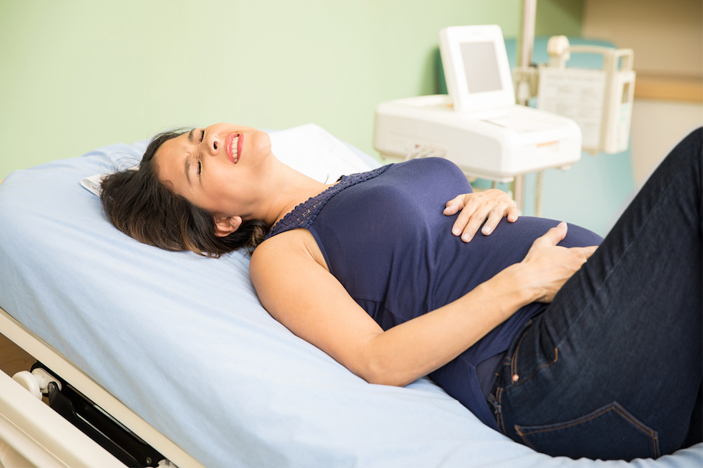
Vulvodynia after childbirth
Many women who suffer from vulvodynia are afraid that their symptoms might get worse after childbirth. Unfortunately, it happens to some women, but many studies claim that most of the symptoms will decrease after six months or one year from the delivery. Some women who have never had to deal with vulvodynia experience it for the first time after giving birth.
Although the real cause of vulvodynia is still not clear, some of the factors that can cause vulvodynia after childbirth are painful or too tight stitches or low level of estrogen.
Painful stitches
After a vaginal delivery, many women need stitches. Whether their skin was torn during childbirth or they have had a cut (episiotomy), it is necessary to stitch up the wound in order to stop bleeding and help the skin to heal. Stitches
can cause pain and discomfort that many women complain about. If it hurts you too much or you just feel something is not right, maybe the stitches and the wound got infected.
You should visit a doctor to check on the wound and make sure everything is ok. The biggest advantage of modern stitches that are used today is that they are completely dissoluble. It means that the pain will decrease over time.
Too tight stitches
Sometimes, the stitches are just too tight and that causes pain and swelling. You might also experience pain during sexual intercourse.
Low level of estrogen
This condition usually affects women who are breastfeeding. If you are breastfeeding, there is a high chance you won’t have ovulation during that period, at least for the first couple of months. When you don’t have ovulation, your estrogen level will decrease. Don’t worry, it will return to the normal level once you have your period again. Until then, a low level of estrogen might cause vulvodynia, pain and discomfort. This condition affects women who have had a Caesarean section, as well.
Low level of estrogen is causing you too much discomfort, you should visit your doctor who can release them a little. Good thing is that your tissue is healing and those symptoms are not here to stay.
Vulvodynia during menopause
Symptoms of vulvodynia may be easily overlooked during menopause because for a long time it was believed that this condition affects only women in the reproductive period. Although vulvodynia usually appears in younger age, scientists have confirmed that it is not that uncommon for vulvodynia to appear in menopause, for the first time.
Vulvodynia is often mistaken for vulvovaginal atrophy, that affects many women during menopause. Sometimes these two conditions appear at the same time. The symptoms of vulvovaginal atrophy are dryness, soreness and irritation. Vulvodynia is usually taken into consideration only when the treatment for vulvovaginal atrophy fails to bring relief to the patient. Unfortunately, vulvodynia in menopause can not be completely cured. However, there are some things you can do to relieve the pain: try soaking in a cold bath or ask your doctor to prescribe you special cream for vulvodynia.
Vulvodynia during ovulation
For some women, symptoms of vulvodynia become even worse during specific phases of the menstrual cycle, especially during ovulation. This condition is usually called cyclic vulvodynia because it repeats at the same time every month. The reasons why vulvodynia gets worse during ovulation are still not completely clear. The most probable explanation is that it happens due to hormonal changes.
Right before ovulation, estrogen and testosterone rise to their highest levels. Although some women feel like they have more energy in this period, many women experience breast tenderness, headaches and bloating. Symptoms of vulvodynia, such as pain and discomfort, often become more severe.
If you are dealing with particularly strong vulvar pain, you can wrap ice or something frozen inside a hand towel and apply it on the area that hurts. It should help relieve the pain at least for a while.
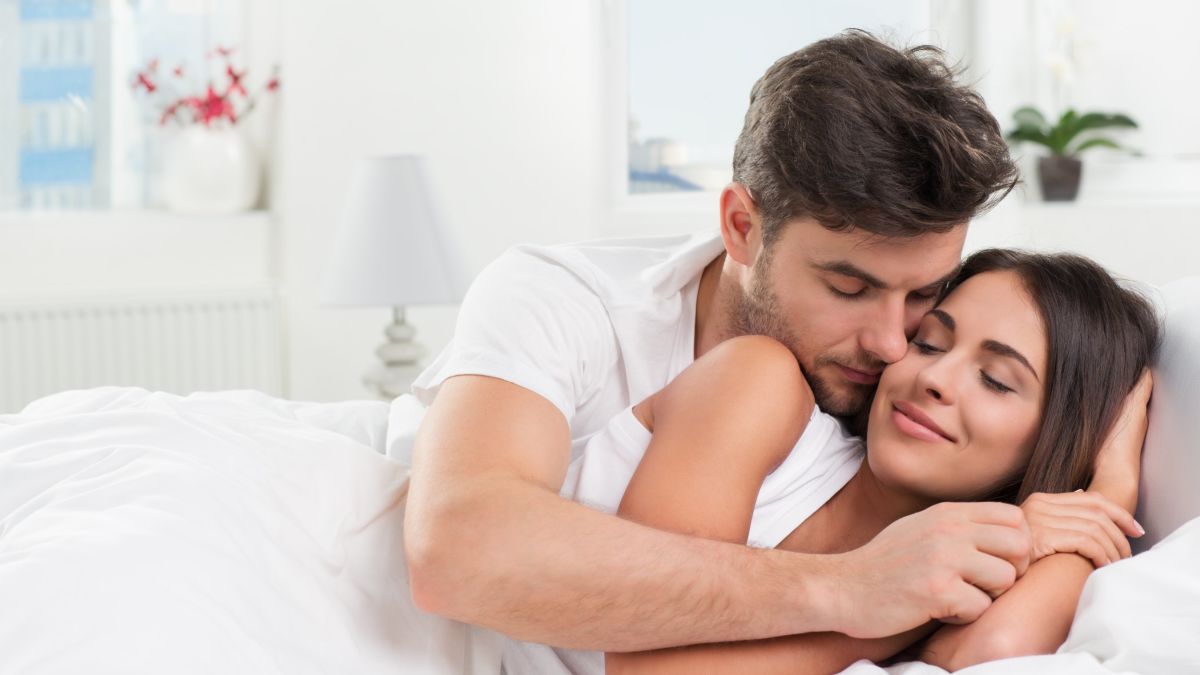
Vulvodynia and bleeding
Vulvodynia can make your vulva tender and it is sometimes associated with bleeding after having sexual intercourse. If that happens to you, you should first visit your gynaecologist to rule out other reasons for bleeding. It is is important to do Pap smear, as well as colposcopy and test for sexually transmittable diseases. The most common symptom for bleeding are changes on your cervix caused by HP virus, or hormonal imbalance. But if all your tests come clear, then the bleeding may be caused by vulvodynia.
It is important to remember that you are not alone and that many women around the world are dealing with this condition. Although there is still no final cure for it, there are things you can do to help yourself and improve the quality of your life with this condition.
Nowadays, there are specialized cushions that can help relieve the pain when you have to sit for a long period of time, for example at work. You could also try to practice relaxation techniques and deep breathing, that will make you feel better and might release tension a little. There are also treatments such as topical hormonal creams or topical anaesthetic creams that your doctor can prescribe you or various types of aphrodisiacs which can help not only with Vulvodynia but even with the quality and the pain during the intercourse! Topical anaesthetic creams should be used in the periods when you deal with intense pain because they are meant to provide a temporary pain relief that usually lasts for about half an hour. On the other hand, topical hormonal creams that contain estrogen may improve the overall health of vulvar tissue, resulting in less pain.
